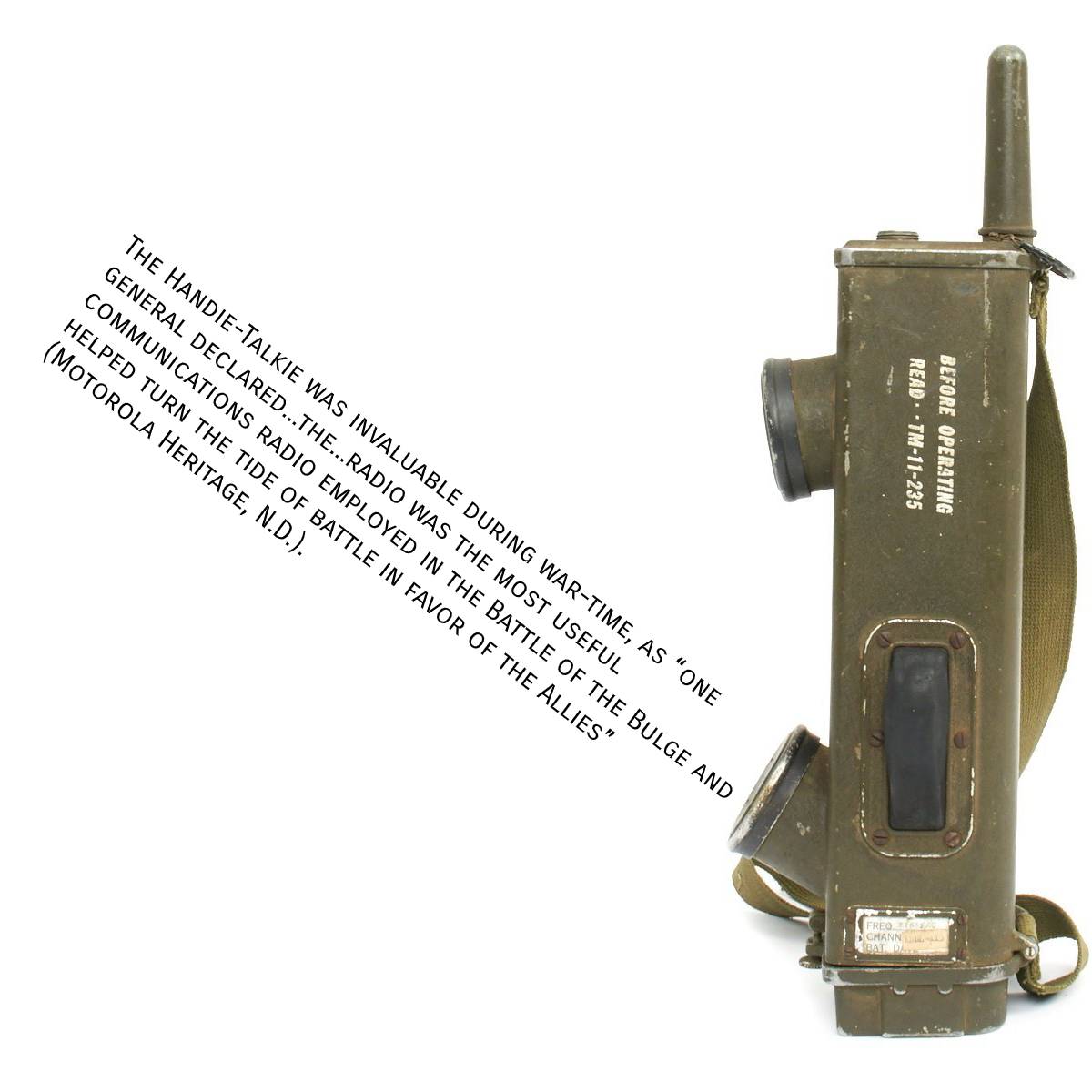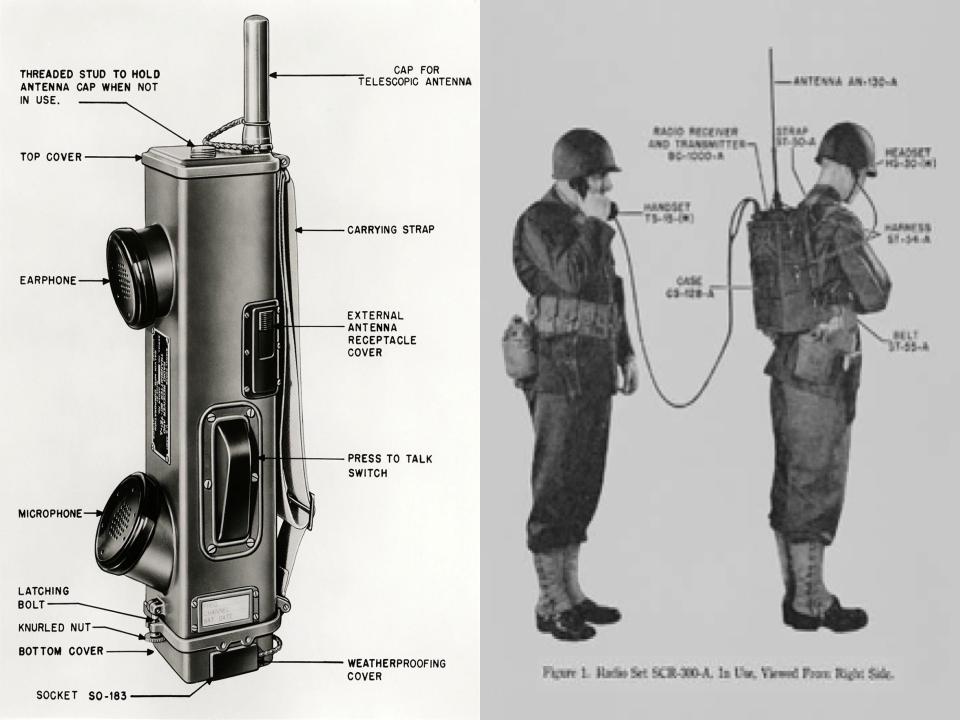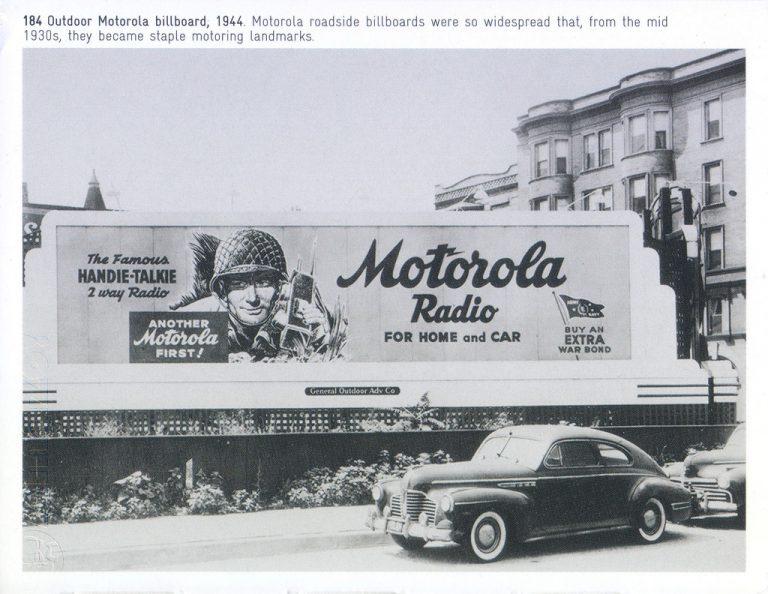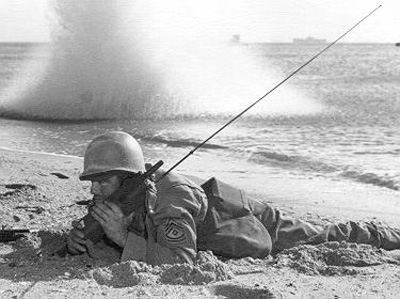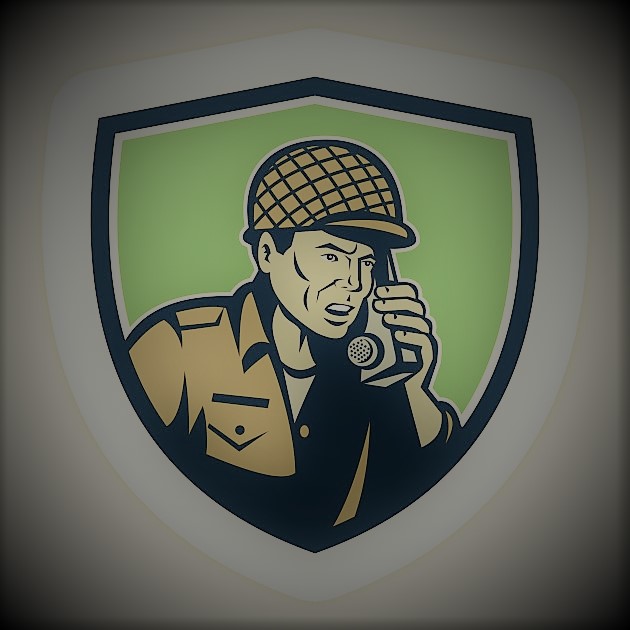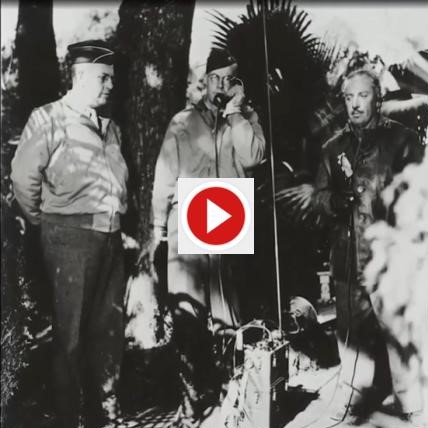After visiting Germany in 1936 and noticing the tensions there, Paul Galvin returned to the US anticipating a war soon (Steinbock, 2002). He urged his researchers to search for ways to apply radios for military use, basing specifications on police radios. Company engineers "recognized the strategic value of portable communications'' when they observed cars being abandoned during battle. This insight gave the company a head start on preparing technologies such as the Handie-Talkie (Motorola Heritage, N.D.).
The U.S. Army Signal Corps was skeptical of the Handie-Talkie due to its poor range, but after demonstrations and an endorsement from Winston Churchill, they accepted the two-way radio (Petrakis, 1991). Galvin Mfg. Corp. also offered the Walkie-Talkie, their first FM radio that had more range.
